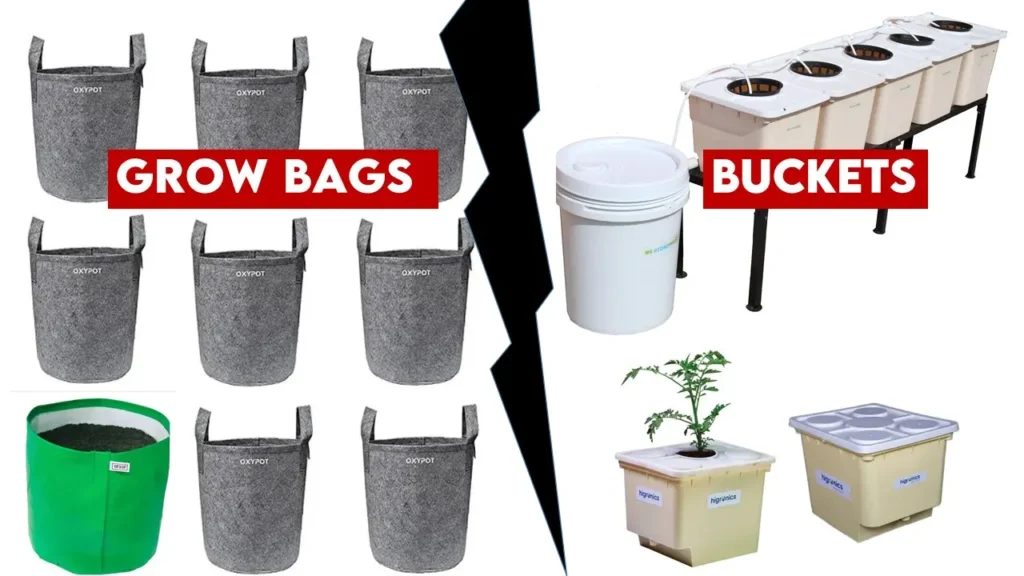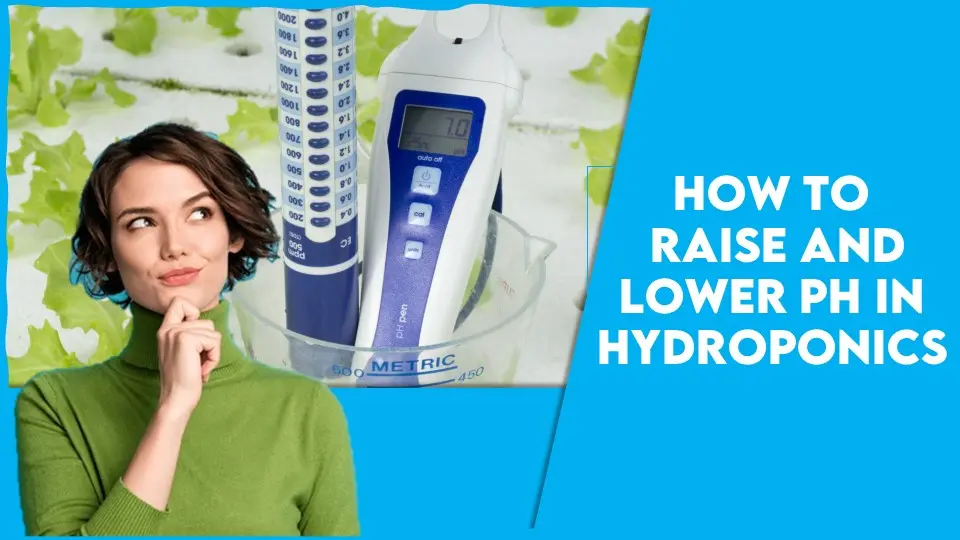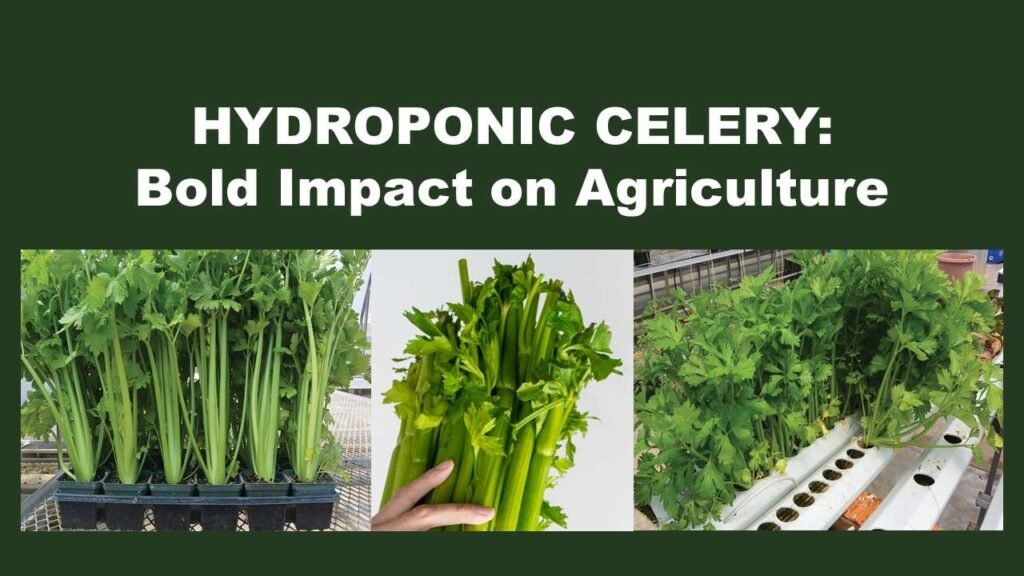Hydroponic Fertilizer : Growing Best Plants
As you are all familiar by now with the meaning of hydroponics is the soil-less cultivation of various crops. It is a suitable technology to raise various fruits and vegetables according to the demand and preference of the consumer. Besides using various substrates, like wool, perlite, vermiculite, peat, coconut fiber, bark, and sand, hydroponic fertilizers also play a vital role in providing all the essential nutrients to the plants via nutrient solution, except carbon, oxygen, and hydrogen that are airborne.
To get an ultimate yield from the hydroponic technique, the grower should use hydroponic fertilizers to supplement the growth of young seedlings and enhance yield. In this article, we all will learn about some of the best organic hydroponic fertilizer and some plant boosters specifically made to fulfill the nutritional requirements of young plants.
top Hydroponic Fertilizer
Following is the list of hydroponic fertilizers utilized in every hydroponic system.
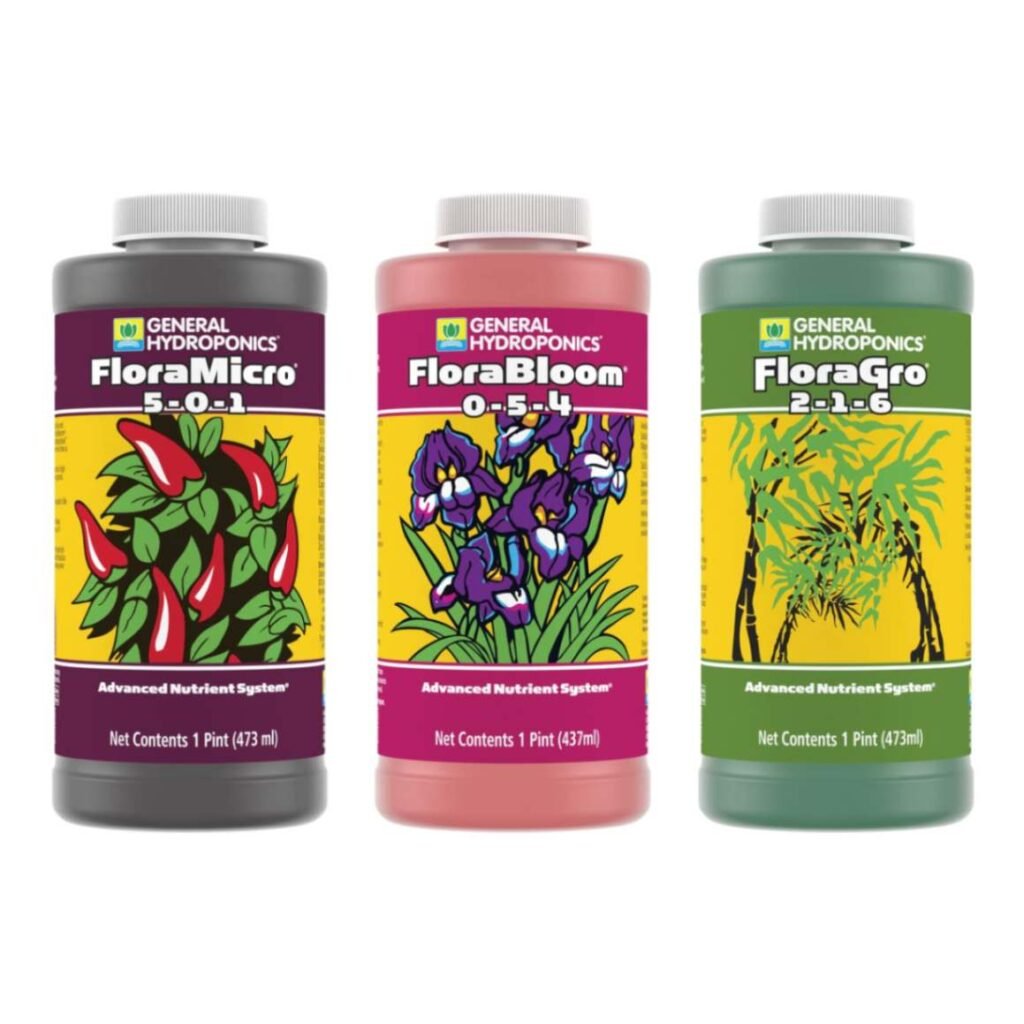
Ammonium Sulphate Fertilizer-
It is a source of optimum nutrition for young seedlings that is very easy in its use. The plants readily absorb the sulfur present in this hydroponic fertilizer. Apart from this, it also provides the essential nitrogen for the vegetative growth of the plant. Usually, a recommended ratio is 1:3 to 1:4 (ammonium to nitrate). In the crops that are grown hydroponically, the use of ammonium sulphate as a hydroponic fertilizer is capped at a maximum limit of 15-20% of the total fraction of nitrogen, the rest left is nitric nitrogen.
Boric Acid-
Boric acid is known as a highly effective nutrient for boosting plant growth and development, along with increased yield. This hydroponic fertilizer is used in acute quantity (being a micronutrient) and helps to maintain starch and sugar balance, enhancing the pollination rate and seed production. plus, it also helps in cell division and production of proteins while holding up plant water and nutrient transportation. Ultimately, it will prevent and cure the boron deficiency in young plants
Azomite Powder-
It can be used in hydroponic systems, soil-grown plants, or even indoor plants. This hydroponic fertilizer is a mineral-rich powder that is obtained from volcanic ash and consists of 70 trace minerals that are highly advantageous to plants. This powder when used as a plant booster, helps to enhance the immunity of the plants against diseases and also develops pest resistance, provides strength to the young roots, and increases the yield overall.
Microgreen 2-0-3-
It is considered one of the best hydroponic fertilizer for providing essential nutrients during both the early and late stages of growth. It consists of seven vital elements required by hydroponic plants. The elements are- boron, chelated iron, chelated zinc, calcium, chelated manganese, chelated copper, and sodium molybdate (for supplying molybdenum to the plants). This hydroponic fertilizer comes in a concentrated form instead of a liquid form. It also does not contain any unnecessary metals that are not required.
Pepper and Herb Fertilizer (along with micronutrients)-
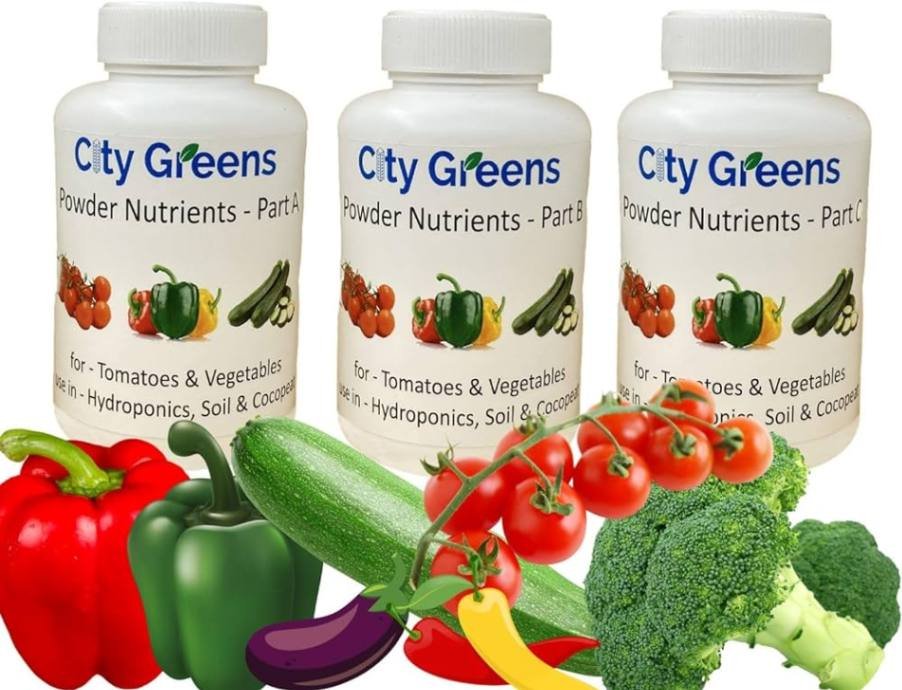
As the name indicates, this hydroponic fertilizer is specifically made for providing nutrients to pepper and herb crops. The formula of the fertilizer is well-suitable for peppers like bell, sweet, and chili peppers. Along with the peppers, the umbellifers crops like parsley, coriander, and celery, herbs like peppermint, rosemary, basil, and lavender also get the nourishment from this hydroponic fertilizer.
Tomato Fertilizer (4-18-38)-
This is specially made for hydroponic tomatoes and is a 100 % water-soluble hydroponic fertilizer that contains a perfect mixture of phosphorus, sulfur, nitrogen, iron, manganese, copper, and zinc. It is also fit to use for other hydroponic crops like eggplants, potatoes, and peppers. It also has a high potassium content that maintains the health of the plant and ensures big-sized fruits with improved flavor.
Potassium Chloride-
This hydroponic fertilizer helps to modulate the metabolism of the plant along with regulating water pressure inside and outside the plant cells. It also provides the ability to tolerate stress and increases the development of roots. The potassium levels are generally required in different amounts for different crops like tomato (300 ppm), cucumber (280 ppm), peppers (280 ppm), strawberry (150 ppm), and lettuce (300 ppm).
Sources of Nutrients-
| Nutrient | Approximate Content of Plant | Role | Source of Nutrient |
| C, H, O | 90 % | Component of organic compounds. | Carbon dioxide and water |
| Nitrogen | 2-4 % | Component of organic acid, proteins, and nucleic acids. | Nitrate and ammonium |
| Sulfur | 0.50 % | Component of sulfur, amino acid, protein, and coenzyme A. | Sulfate |
| Phosphorus | 0.40 % | ATP, NADP, in membrane phospholipids and nucleic acids. | Dihydrogen phosphate, hydrogen phosphate |
| Potassium | 2.00 % | Role in enzyme activation, and osmotic regulation. | Potassium |
| Calcium | 1.50 % | Role in activating enzymes, signal transduction and cell structure. | Calcium |
| Magnesium | 0.40 % | Component of chlorophyll and enzyme activation. | Magnesium |
| Manganese | 0.02 % | Vital for water splitting. | Manganese |
| Iron | 0.02 % | It is important for redox changes, photosynthesis, and in the respiration. | Iron |
| Molybdenum | 0.00 % | Redox changes, nitrate reduction. | molybdate |
Selection of Hydroponic Fertilizer –
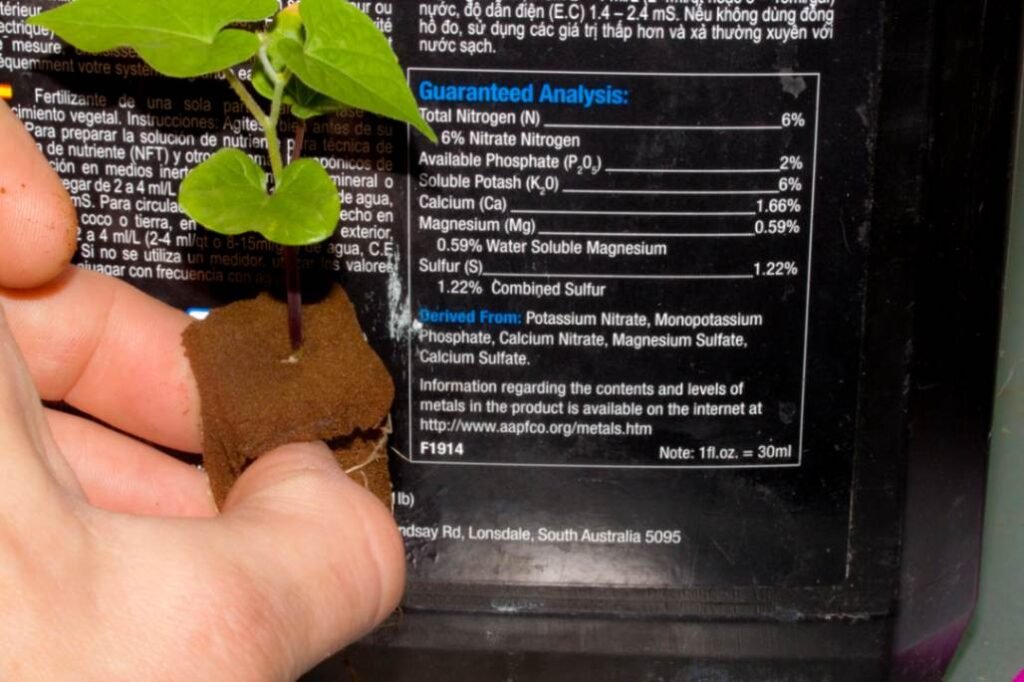
There are several factors that a grower needs to consider while choosing hydroponic fertilizer for the technique. Source, solubility, cost, and market availability are among some of them. Solubility is the capability of the substance to dissolve in a given amount of solvent which is the irrigation water in the case of a hydroponic system. It is ascertained by adding fertilizer to the water until the stirring of the fertilizer does not occur. This factor will rely the on temperature of the water as fertilizers are highly soluble in hot water.
Regular Fertilizer vs Hydroponic Fertilizer: A Comparison
In the hydroponic technique, the plants are grown in sterile and chemically neutral supporting media wherein the nutrient solution itself provides all the vital nutrients but in soil-grown crops, the media is not inert because it contains organic matter, and living microbes that provide nutrition to the plants. For the soil-grown plants, fertilizers are to be applied once or very occasionally to supplement only the lacking elements in the soil.
On the contrary, hydroponic fertilizer is meant to supply all the required nutrients to the plants that are favorable for them. So, the application of hydroponic fertilizer to the plants is very frequent.
Hydroponic fertilizer mostly contains nitrate salts. Since nitrate is the final form of nitrogen, they do not have to depend on the bacteria for the conversion process, and is also a preferable form for the plants for their healthy growth and development.
They are mostly in more refined and fine form, with fewer impurities and hence more stable and soluble for better absorption in comparison with soil fertilizers.
Can Soil Products Be Useful in Hydroponics?
- Firstly, a grower needs to completely circumvent the product that consists of urea or ammonium as a source of nitrogen.
- The hydroponic fertilizer should be water-soluble completely and contain nitrogen in the form of nitrate solely.
- Overall, soil products for raising crops in hydroponics should be avoided completely and the grower should buy hydroponic-specific nutrients to raise a healthy crop.
Nutrient Dosage Calculator-
The nutrient doses of various crops grown hydroponically can be calculated via a hydroponic nutrient calculator that helps to grow delicious and tasteful crops. It calculates the amount of hydroponic (NPK + MIcronutrients), soluble calcium, and potassium nitrate required by the crop that is grown hydroponically.
The grower must select the crop type, such as leafy greens (lettuce, basil), and the nutrient mix tank size (liters). After filling in the information, the hygrotech nutrient mix amounts will be made available by this nutrient dosage calculator. Along with this, it also measures the current electrical conductivity.
Future Aspects-
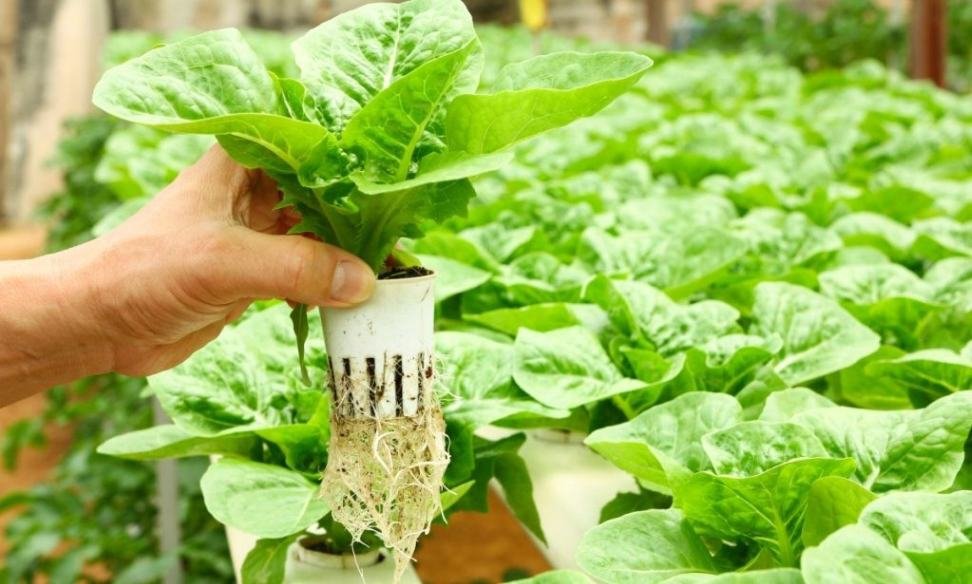
Our country’s rapidly increasing population size contributes maximum to the decreasing arable land used to grow various crops. So, in this scenario hydroponic farming is the only solution that one can adopt for fulfilling the necessary diet of the countrymen. This technique also helps in eliminating the need of pesticides, insecticides, and weedicides due to the low or no occurrence of insects pests. The future of hydroponic farming in India has a bright future because the Indian hydroponic market is contemplated to grow at a compound annual growth rate of 13.53% between the period of 2020 and 2027.
Ultimately, with this increase, the rise in the industry of hydroponic fertilizer will boost up too. From this, it is clear that the progress in the development of advanced nutrient solutions like hydroponic fertilizer will also pave the way for improvement.
Wind up-
To sum up this article, you all have a focus on the key differences between hydroponic fertilizer and soil fertilizer. We have concluded that for growing crops hydroponically, a grower should use hydroponic fertilizer to provide all the essential nutrients to the plants and not soil fertilizers that are generally not suitable. Also, the price rates of these fertilizers are not that expensive and are generally affordable. Concerning the future of hydroponic farming, it is promising and a blooming technology in India over soil-based farming, and hence the requirement of hydroponic fertilizer would be more and more with the growth of this technique.
Join Our Hydroponics Growers Group!
Connect with fellow hydroponics enthusiasts, share your ideas, ask questions, and grow together as a community.
👉 Join WhatsApp Group



